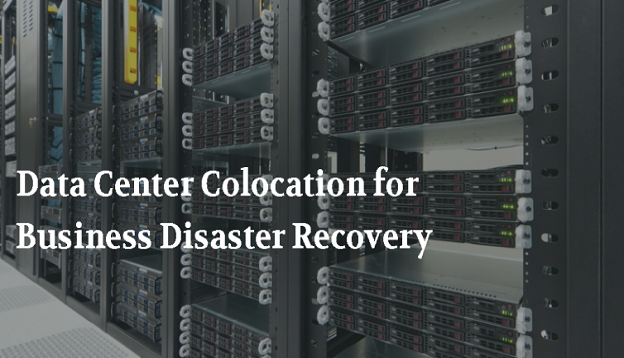Just like any other service category in web hosting, selection of a colocation hosting provider for the facility of disaster recovery is an extremely overwhelming process. It is therefore essential to gain in-depth knowledge about the key parameters that are required to be fulfilled by the colocation host that is being chosen to handle disaster recovery.
Importance of DR colocation facility
General considerations about data center DR would be centered around availability of remote facilities Modern businesses are offered a wide spectrum of choice for gaining ability of Disaster Recovery including sophisticated cloud solutions, managed colocation hosting or non-hosted colocation to name a few. Ultimate selection of the option would depend upon actual capabilities and requirements of businesses.
Enabling data centers for efficient management of unexpected events is one of the most crucial and intricate aspects of planning, as far as IT infrastructure management is concerned. This encompasses protection of data centers against severe damage to facilities and colocation is found to be an ideal choice for remote replication of onsite data center resource. Such facility of DR colocation offers assured protection without disrupting ongoing operations.
One needs to take into account two vital aspects that influence choice of a DR colocation facility.
Important prerequisites of DR colocation facility
One must understand that the most significant requirement for any DR facility is its seamless availability. Other important factors include economical, political, and geological stability of the DR facility. In addition to this, you should also consider availability of proficient technical manpower by checking out number of IT institutions and overall development of IT industry in the region.
This should be supported by well-established network of utilities including power distribution companies, reliability of on-premise power generation resources, and redundancy of connectivity options among others.
Security of the DR colocation data center should be a prime consideration since the business data must be perpetually online even if the physical hardware ceases to operate. This calls for securing physical facilities of server colocation facility by implementation of adequate security measures to prevent unauthorized access to areas including data center building and hardware storage areas.
You should be in a position to call responsible service executives by knowing the SOP for escalation and who is in charge of support services. Even if you have the most impeccable colocation facility, lack of proper and responsive technical support will significantly impact its ability. Business history of the colocation provider in terms of change of ownership should also be taken into account to understand positive effect of long term stability of management.
Since your colocation provider has power of keeping your business online in the event of a disaster, you should consider all important factors that facilitate security and online availability of the provider. It is obvious that any untoward incidence that impacts operation of your DR colocation host is ultimately going to hamper prospects of your business in addition to aspects of regulatory compliance.
Responsibility of checking performance criteria and other technical aspects of colocation provider needs to be shouldered equally by businesses, since the online operations depend solely on the colocation facility in the event of any disaster. You should also understand that actual responsibility of the host is only limited to compensate for downtime and you as a business owner will bear the brunt of lost business and reputation.
Proximity of colocation host to your main IT infrastructure facility
The optimum distance between your main data center and proposed facility of Disaster Recovery colocation center largely depends upon the nature of disaster that is being considered. If you are looking forward to secure your facility against localized disasters such as fire or facility damage, then it is better to choose an affordable colocation facility, which is situated close to your main premises.
In contrast, if you are anticipating a major act of God that will cover a large geographical area such as floods, tornadoes, or earthquakes, then your facility for DR colocation must be safely ensconced far away from your main facility. However, you need to take into account the effect of latency as well, since the distance plays a major role while moving data across the network from main site to colocation DR facility.
There are multiple issues including network bottlenecks and levels of ISP traffic that can severely impact user experience. However, if your business is dealing with general or asynchronous business applications, then the issue of latency need not be a major deciding factor for moving colocation DR facility farther away from your IT facility.
Latency can however be a significant parameter for operating real-time or transactional workloads such as payment processing, service portals, and other interactive services. It is therefore vital to consider all aspects of your business and the nature of anticipated disaster while selecting a DR colocation facility for optimum protection with minimum latency. Moreover, the distance between the two facilities can be a major issue for staff movement in the event of disaster.
Interesting Topic : Disaster Recovery






 Live Chat
Live Chat